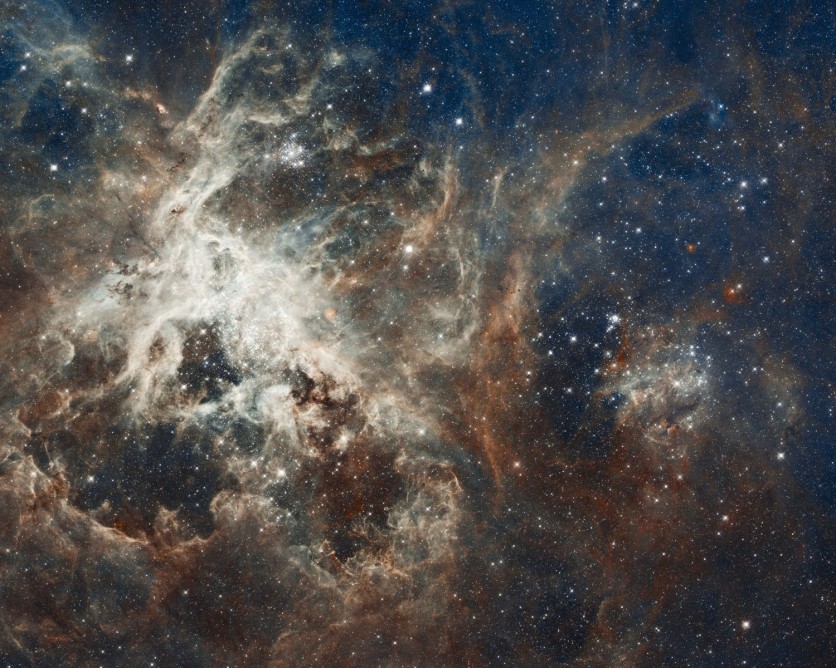Astrophysicists looking into the Milky Way's beginnings may have found the "ancient heart" of our galaxy, which is the original, prehistoric core around which all of its stars and planets evolved, according to a report by Live Science.

The Milky Way protogalaxy, which is more than 12.5 billion years old and composed of primordial gas and dust that formed the earliest stars of a newborn galaxy, contains a cluster of 18,000 galaxy's oldest stars. These stars are found in the constellation Sagittarius.
The group, which accounts for an estimated 0.2% of the mass of our galaxy, served as the starting point for the ultimate formation of the Milky Way as a whole, according to the researchers.
The research findings have not yet received peer review, but it is now published on the preprint server arXiv on Saturday, Sept. 8.
Locating the Ancient Heart with Gaia's Data
European Space Agency's (ESA) Gaia observatory, a 3594-pound (1,630 kilograms) probe launched in 2013 to produce the most accurate and detailed Milky Way map, provided the data the astronomers used to find the primordial collection of stars.
According to Hans-Walter Rix, a researcher at the Max Planck Institute for Astronomy in Heidelberg, Germany, and the study's lead author, it has long been assumed that the oldest stars are located at the galaxy's core, and the research has now demonstrated that they are there in significant quantities.
"It's like doing archeology in an old city. We have shown that the oldest and most primitive ruins are at the 'modern' city center," the researcher said in a statement with Live Science.
The most crowded area of our galaxy, its central bulge, was initially searched for the tiny fraction of stars that were nearly the same age as the Milky Way's approximately 13 billion-year-old core.
The researchers combined data from Gaia on 2 million stars within 30 degrees of the center of the galaxy, seeking lower-mass, longer-lived stars with low metal content to extract this little group.
Two Discoveries
Two things came to light during the researchers' analysis of the Milky Way's ancient heart. Firstly, the fact that older stars revolve less slowly than younger stars at the galactic center supports earlier discoveries that the Milky Way's core was initially motionless before building up rotational speed as the galaxy's center of mass evolved.
Secondly, the dense clustering of stars in the Milky Way's center suggests that its core has not been invaded by collisions with other galaxies despite numerous mergers with smaller galaxies.
The researchers are hoping that further research on the ancient heart will reveal even more information about the early history of our galaxy, including the kinds of supernova explosions that must have taken place at that time to produce the proportions of the earliest chemical elements that are present today.
This article is owned by Tech Times
Written by Joaquin Victor Tacla
ⓒ 2026 TECHTIMES.com All rights reserved. Do not reproduce without permission.




